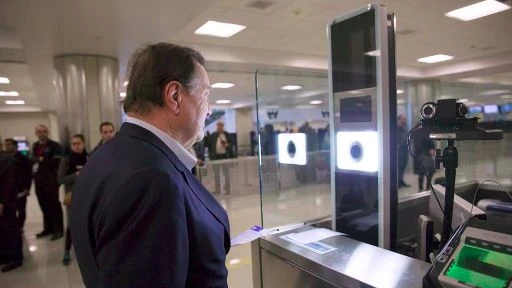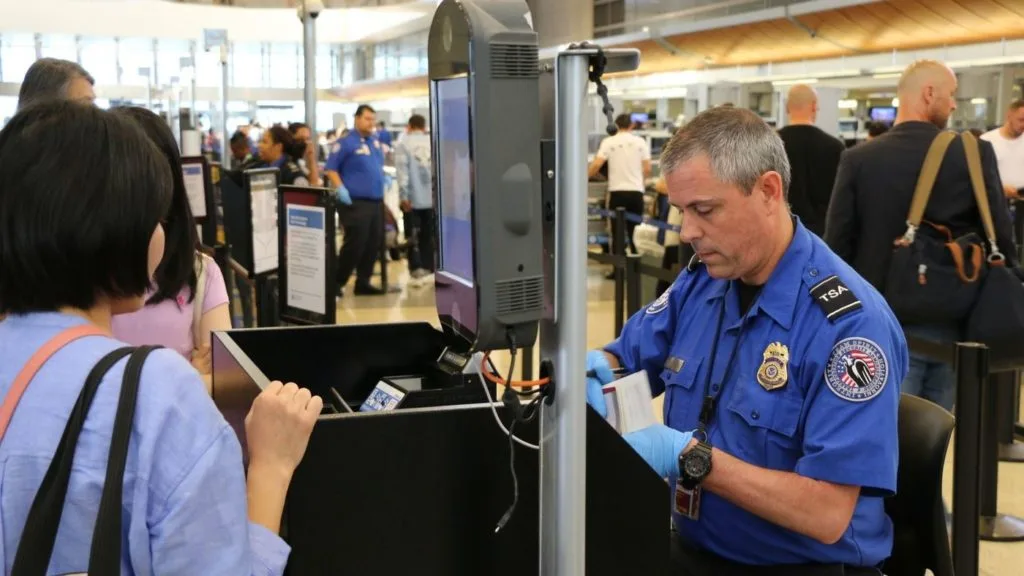Trump’s Big Brother Bill simply represents one more step towards the completion of the Technocratic State.
On Tuesday, US Vice President J.D. Vance helped push Trump’s “One Big Beautiful Bill” Act through the Senate with a tie-breaking vote. Vance’s vote came after Republican Senators Susan Collins of Maine, Rand Paul of Kentucky, and Thom Tillis of North Carolina joined Democrats to vote against the bill, leading to a tie of 50 to 50.
The bill now moves to the U.S. House of Representatives, where Republicans aim to deliver the final version of the bill to Trump’s desk by July 4th.
The 900-page bill has its share of critics on the left and a few on the right, such as Rand Paul and Thomas Massie. One of the measures that was nearly universally opposed was a 10-year ban on local or state regulation of AI. Under a section titled “Moratorium,” the bill stated,”No State or political subdivision thereof may enforce, during the 10-year period beginning on the date of the enactment of this Act, any law or regulation of that State or a political subdivision thereof limiting, restricting, or otherwise regulating artificial intelligence models, artificial intelligence systems, or automated decision systems entered into interstate commerce.”
This clause would have prevented any state or local political body from enforcing regulations on AI systems. Ultimately, the moratorium was defeated in an all-night voting session.
While a ban on AI regulation would have been potentially disastrous, I believe the focal point of the opposition should be the fact that the bill expands the immigration police state, and the use of Artificial Intelligence, facial recognition, and biometric data collection of Americans.
According to Biometric Update, the bill would “codify a vision of the national security state where biometric surveillance, AI, and immigration enforcement converge at unprecedented scale.”
So what does the bill actually contain?
The One Big Beautiful Bill Act, also known as House Resolution 1, gives more than $175 billion in immigration funding for 2025 alone. While opponents of illegal immigration may cheer this funding, we should take note that $30 billion is for “digital modernization efforts” involving AI and biometric surveillance.
Immigration and Customs Enforcement (ICE) will receive $2.5 billion specifically for artificial intelligence systems, biometric data collection platforms, and digital case tracking.
Under the heading “U.S. Customs and Border Protection Technology, Vetting Activities, and Other Efforts to Enhance Border Security,” the bill gives $637 million for the “deployment of technology, relating to the biometric entry and exit system under section 7208 of the Intelligence Reform and Terrorism Prevention Act of 2004”.
The section also states that the funds may only be used for “the procurement or deployment of surveillance towers” after they have been tested and accepted by US Border Patrol.
The mention of a biometric entry/exit system and surveillance towers is perfectly in line with the long-term plans of the US government and Donald Trump during his first administration. In fact, I’ve argued since Trump’s election in 2016 that the issue of immigration would be used to divide the masses and help usher in the final stages of the American police state.
A Technocratic Surveillance State is the Endgame
In 2017, I reported that U.S. Border Patrol had announced a plan to scan the faces of all flyers exiting the United States. The “Traveler Verification Service” (TVS) called for using face recognition on all airline passengers boarding flights exiting the US, including Americans.
The American Civil Liberties Union (ACLU) warned the program would endanger civil liberties by normalizing facial recognition as a checkpoint technology. The ACLU warned that once the government begins to collect biometrics from every person crossing the border, they will likely expand the practice to new places and for new purposes.
In my February 2018 article, Trump Administration To Test Biometric Program To Scan Faces Of Drivers And Passengers In Vehicles, I noted that the Border Patrol was launching a pilot program to scan the faces of drivers and passengers at the Anzalduas Port near McAllen, Texas. To accomplish this goal, the Department of Energy hired researchers at Tennessee’s Oak Ridge National Laboratory to help overcome the difficulties of using facial recognition technology on moving vehicles. The researchers said the facial recognition technology would be capable of identifying the driver, front passengers, and the passengers riding in the back.
Of course, this is not a problem exclusive to Trump. In the post-9/11-era, the expansion of the surveillance and police state has been passed like a baton from Republican George W. Bush to Democrat Barack Obama, back to MAGA Republican Donald Trump, and on to Joe Biden.
For example, in early 2020, I reported that The Trump Admin Is Setting The Stage for a Biden Surveillance State. In November of that year, the Border Patrol under Trump issued a new rule allowing for the expanded use of facial recognition at the border. The CBP posted a notice announcing their intention to collect the faceprint of nearly every single non-U.S. citizen who enters or exits the United States.
Additionally, shortly before Trump left office, the Border Patrol released a Privacy Impact Assessment detailing plans to collect DNA from individuals temporarily detained at border crossings. The 2nd Trump administration is currently facing a lawsuit from the Georgetown Law Center on Privacy & Technology for DNA collection at the border. The lawsuit demands the Department of Homeland Security detail how the agency “collects, stores and uses” DNA samples.
It is these types of practices that set a precedent and then are inherited by the next regime. These types of technological encroachments facial recognition, gait detection, and retina scanning – have often been known as a “smart” or “virtual” border wall. The idea is that these technologies can serve the purpose of Trump’s long-promised border wall without the cost of building an actual physical barrier.
The concept was supported by Trump and the Biden administration. In February 2021, I reported that more than 40 privacy, immigrant rights, and civil liberties organizations called on the Biden administration to abandon a bill that would extend the Trump administration’s border policy, particularly the ongoing creation of a “virtual” or biometric wall.
The letter came in response to the U.S. Citizenship Act of 2021 which would direct the Department of Homeland Security to implement new biometric and aerial surveillance technologies at ports of entry and along the U.S./Mexico border.
“This “smart border” surveillance technology is a continuation of the Trump administration’s racist border policies, not a break from it,” the letter stated. “We applaud President Biden’s efforts to halt Trump’s border wall construction and provide relief to immigrant communities, but protection from deportation and access to due process should not come at the cost of militarization and surveillance.”
The letter noted that the increase in surveillance technology at ports of entry is “concerning, particularly because of increased biometric collection, which most prominently includes expanded facial recognition and DNA collection.”
When considered with all of the above advancements in surveillance tech, Trump’s Big Brother Bill simply represents one more step towards the completion of the Technocratic State. It should also be clear that politics cannot and will not save us from the Technocracy. The answer is to opt out, to Exit and Build before it’s too late.







